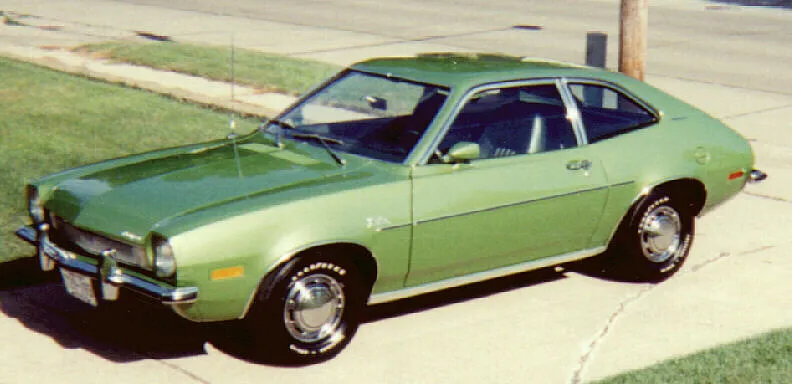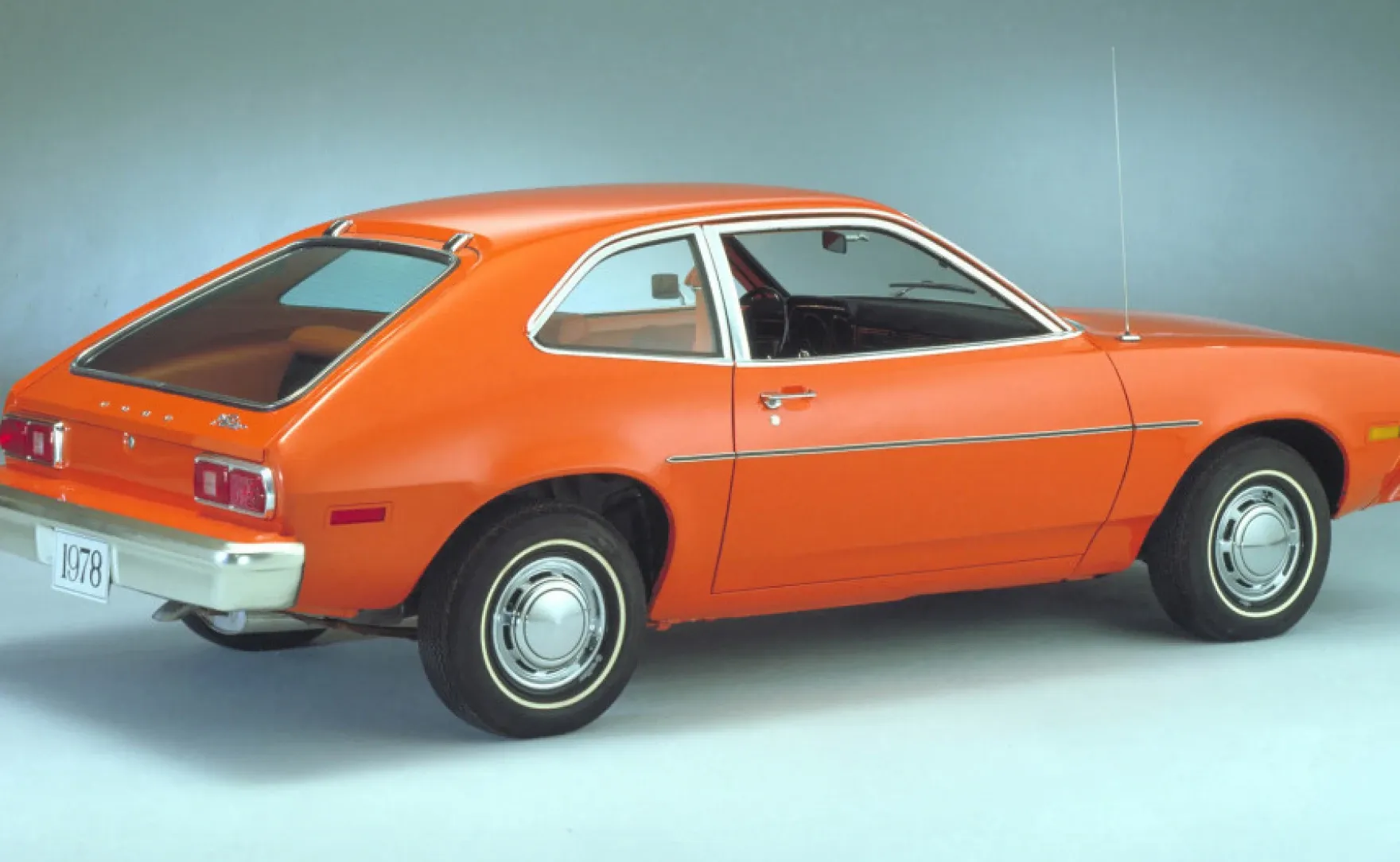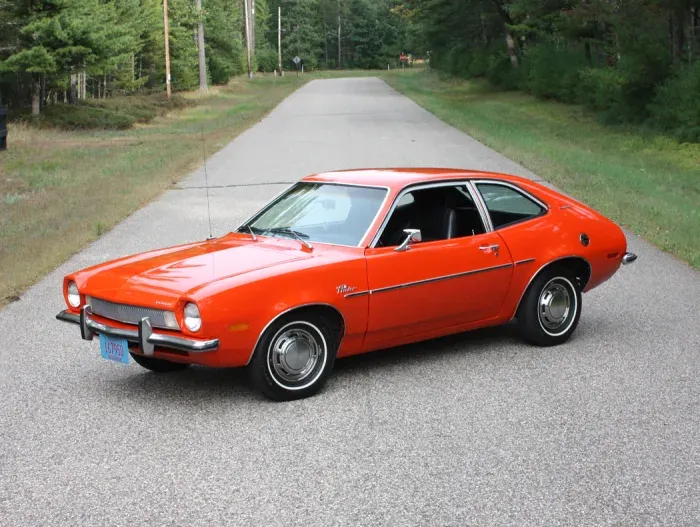In fact, the first impression we have when seeing the Ford Pinto is that it looks like a maverick whose rear end was abruptly cut off. This appearance could earn it the nickname “Quail” in Brazil, as the Chevrolet Chevette Hatch , an affectionate nickname given by Chevetteiros to the most compact and peculiar version of this model. However, unlike the Chevette, the name “Pinto” refers to something much more noble, as it is a tribute to the coat pattern of horses mustang , with brown and white spots, like American wild animals. So, no nonsense; the name was inspired by an animal, and not by any dubious connotation!
If the Pinto had been launched in Brazil, it is possible that the Ford The Pinto even had to change its name to avoid possible cultural embarrassment. But, even with a controversial design and some notorious flaws, the Pinto performed impressively in the market and became an icon of compact cars in the 1970s. Let's explore the history of this model, which although commercially successful, did not escape controversy.
Asian and European competitors
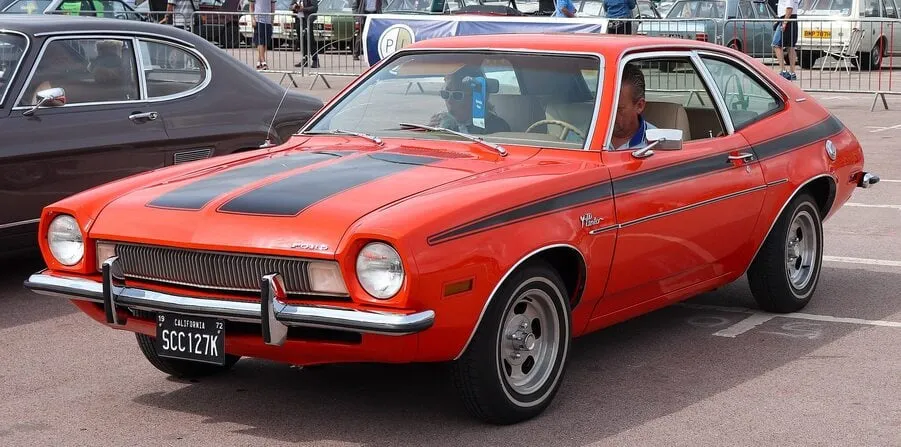
O Ford Pinto was released in 1971, at a time when Ford was in full competition with Japanese cars, such as Toyota , Honda It is Datsun , and with the Europeans, like the Volkswagen . These compact models were conquering the United States market, which until then had been dominated by large, gas-guzzling cars like the Chevrolet Impala and Ford Galaxy .
The Ford Pinto was Ford's response to this new demand for smaller, more economical and affordable cars. Initially, the cheapest version of the model was the Two-door sedan , which cost about US$ 1.850 — something around R$ 9.600 in direct conversion. This price attracts many consumers looking for an economical alternative to large cars. The Pinto's engine was the Ford Kent , a four-cylinder with options of 1.6 It is 2.0 liters , which guaranteed adequate performance for the market at the time.
Then the Ford released the version Runabout three-door, with a design reminiscent of a hatch . And in 1972, the version station wagon arrived to increase the model's options. With the success of the first versions, the Pinto sold 352,402 units only in the first year of production.
But the success didn't stop there. In 1974, Ford launched a version with a 1.6-liter engine. OHC 2.3 liters , and the following year, an engine V6 began to be offered as an option. Changes to the Pinto were constant, with the version Mercury Bobcat being presented in 1975, offering a superior finish and some design details that made it even more sophisticated.
The Ford Pinto and the fires: a tragic case
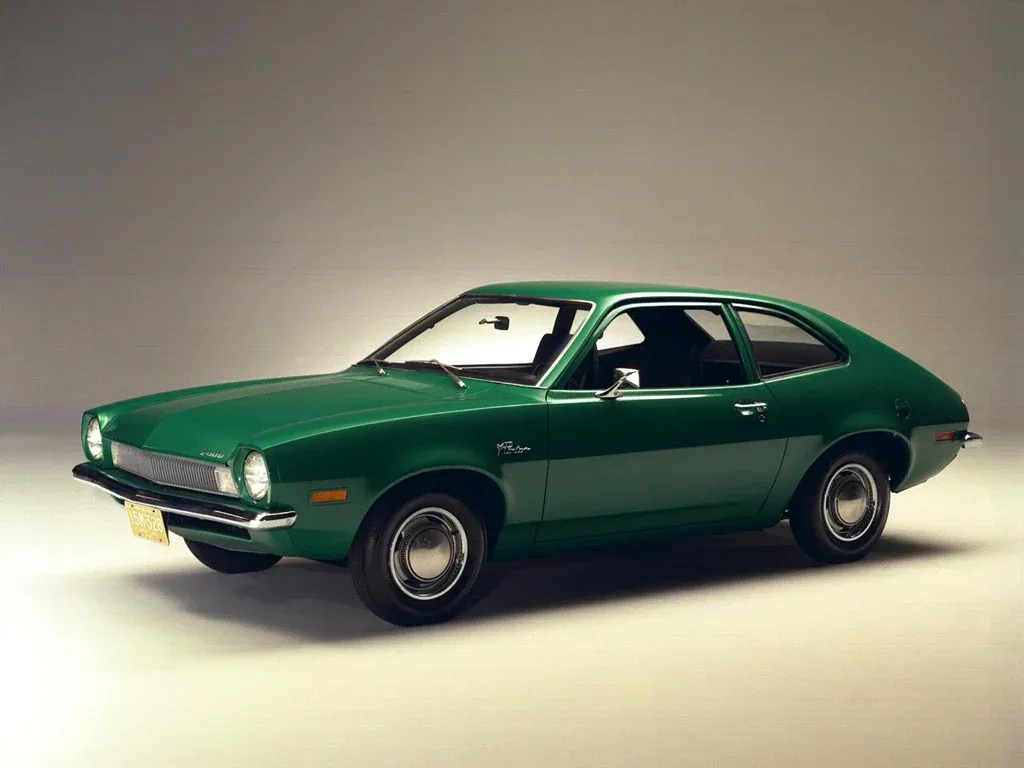
Despite its compact design and sales success, the Ford Pinto became famous for a serious safety problem. Due to its short rear end, the fuel tank do Pinto was installed very close to the rear bumper . This created a significant risk of fire or explosion if the car was hit from behind — something that could happen even at low speeds. Ford was aware of the problem but chose not to fix the flaw, considering the tight schedule and the question of cost-benefit .
Ford's decision not to fix the problem ended up being one of the biggest controversies in automotive history. Although the model was designed and launched quickly, the company chose to keep the car on the market, even knowing the risks. This resulted in several fatal accidents, one of the most notorious being the case of the driver Lilly Gray , who died in 1972 when his Pinto caught fire after a minor rear-end collision.
The Lilly Gray episode was a watershed moment. In 1981, the Ford had to pay compensation of US$ 3.5 million to the victim's family, a significant amount, especially for the time. And unfortunately, this case was not isolated. The number of deaths and damage caused by fires in Ford Pintos created a huge scandal. The Pinto quickly became a symbol of neglect in the automobile industry, being the subject of several books, articles and studies on business ethics.
Lawsuits, recalls and the consequences for Ford
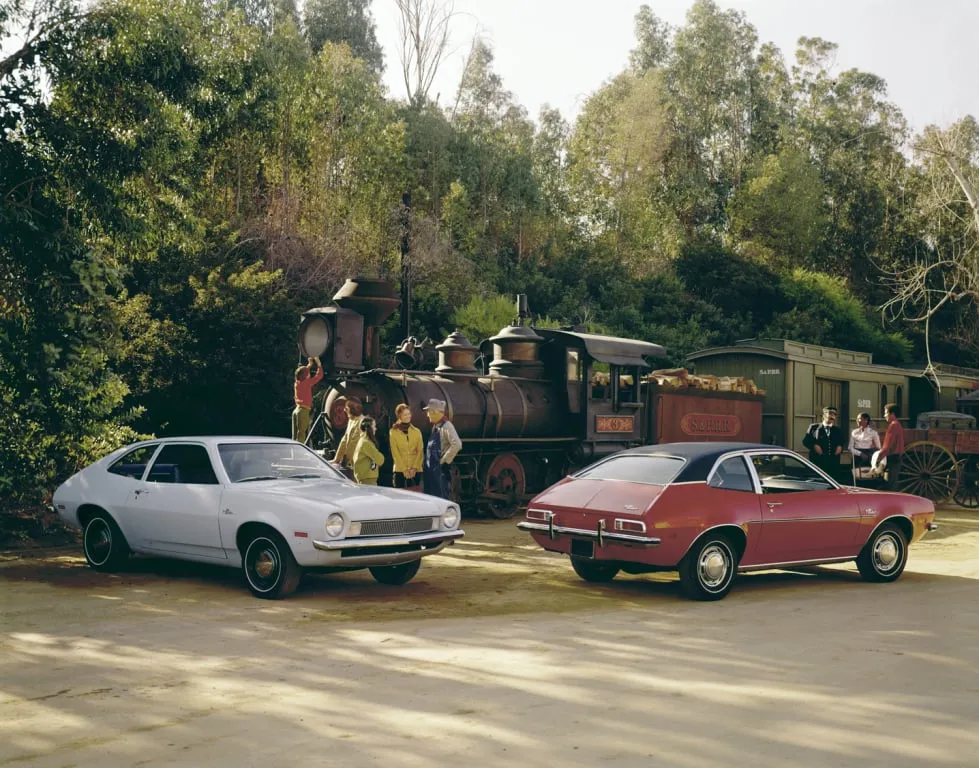
With the increase in accidents and public pressure, the Ford was forced to do a recall in 1978, calling back more than 1.5 million Pinto vehicles (in versions Sedan It is Runabout ) due to a fault in the fuel tank. This recall was the largest ever carried out up to that point and had a major worldwide impact.
But more than remember, the Pinto case generated a series of lawsuits, and many wondered how a giant of the automobile industry could commit such a serious safety failure. Several academic articles and books explored what became known as the “Pinto dilemma”: why did Ford decide to ignore such a serious problem, even knowing about the risk of fires and explosions? The case became known as a true lesson in corporate ethics and the importance of putting consumer safety above financial and schedule concerns.
The Legacy of the Ford Pinto
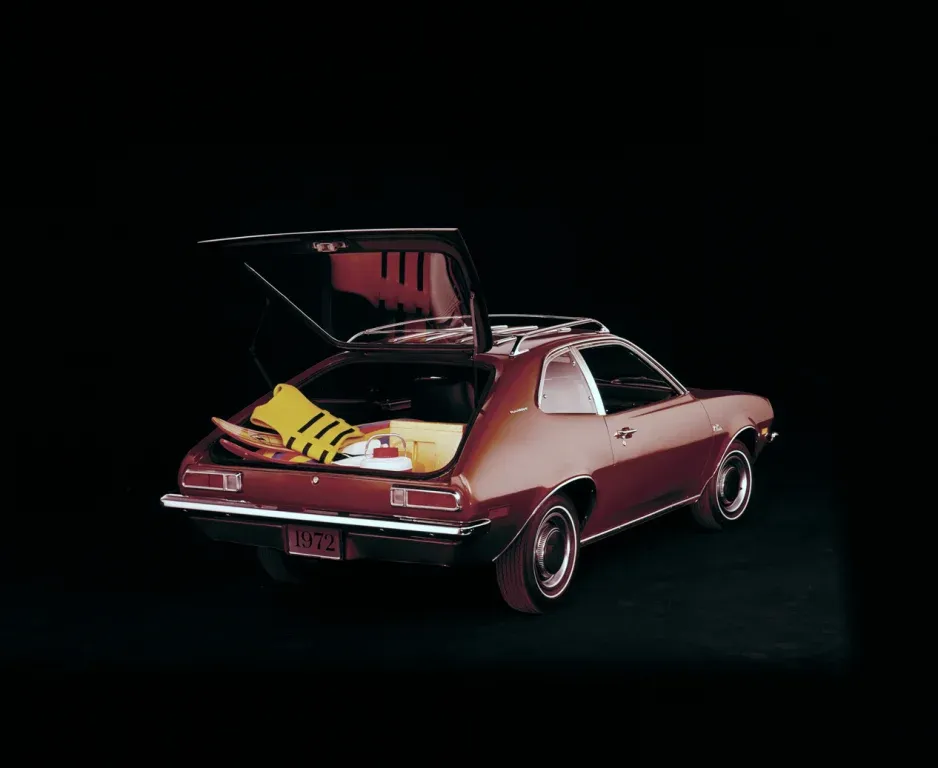
Despite its flaws, the Ford Pinto was a huge commercial success, selling over 3 million units in their 9 years of production . Ford, despite the bad reputation the model had, managed to position the Pinto as an affordable, practical and economical car, ideal for the American consumer of the time. Although the Pinto was discontinued in 1980, its history continues to be debated to this day, both for the positive side and for the huge mistakes Ford made during its production.
The Ford Pinto represents an era of change in the automobile market. It was the answer to the Ford to the advancement of compact cars in the North American market, bringing innovation in design and price. However, the Pinto's legacy also reminds us of the importance of safety in automobiles, an aspect that has unfortunately been neglected in favor of haste and cost.
So when you look at the Ford Pinto, you should think not only of a peculiar car, but also of a story of failures, lessons and consequences that marked the automotive industry forever.
Conclusion: Pinto and its lessons
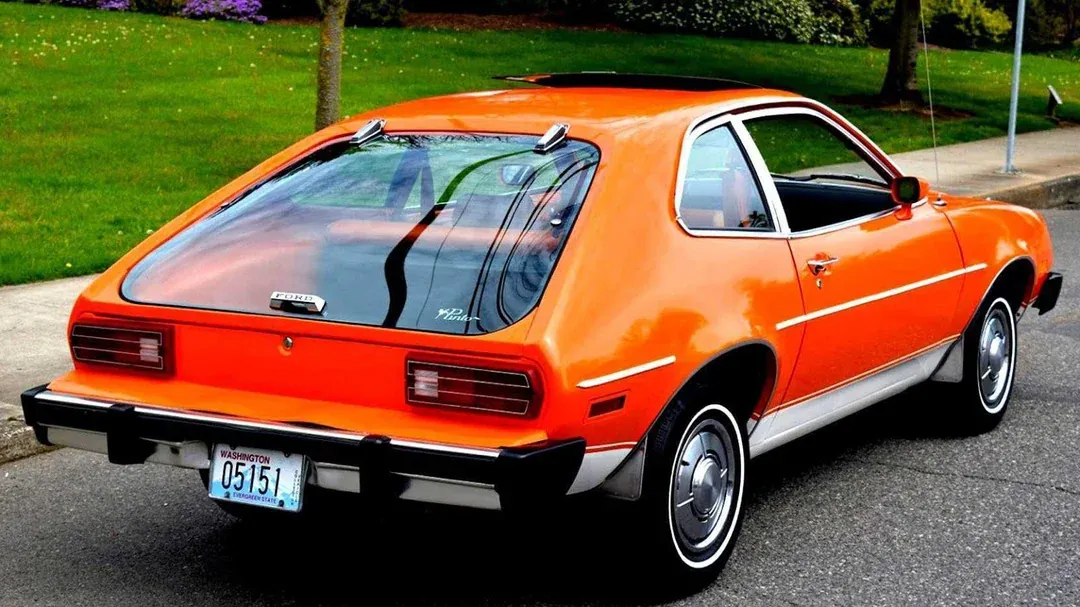
O Ford Pinto is a clear example of how commercial success and innovative design can be overshadowed by serious safety flaws. Its curious name, its peculiar features and its problems with fires made it one of the most controversial models in the history of the automobile. However, the story of the Pinto teaches us valuable lessons about the importance of business ethics , from the safety in car development and the need to prioritize human life over financial interests and tight deadlines.
If the Pinto had been designed with more thought and care, it might have been remembered only for its success and innovation, but instead it was marked by a mistake that could have been avoided. Today, the Ford Pinto It's more than just a car; it's a symbol of how a small mistake can have big repercussions, affecting a brand's bottom line and people's lives.
